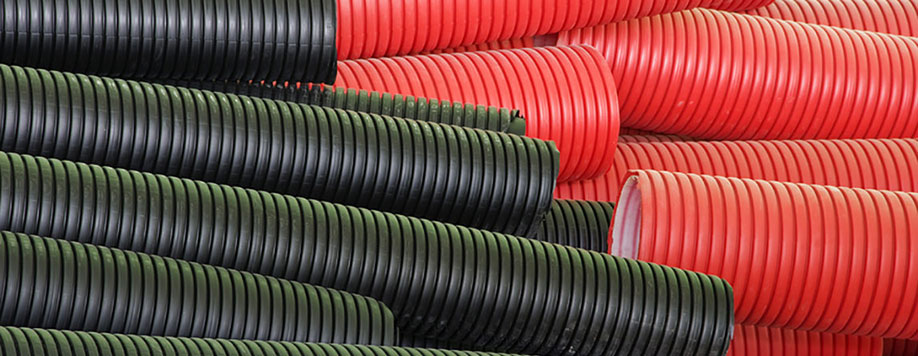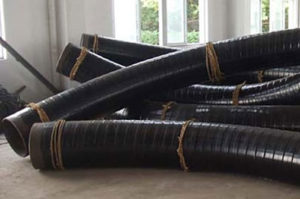



« Learn more about other chemicals used in Building and Construction
High-density polyethylene pipes, like other types of plastic piping, help conserve energy and water by creating virtually leak-free pipes that are not prone to corrosion and resist environmental stress. HDPE pipes also include the added benefits of heat-fused joints, which helps enable the development of one continuous pipeline system, and flexibility, which means they can be bent into place and pulled through exiting pipes.

HDPE pipe offers excellent fusion integrity, enabling the development of one continuous pipeline system. Heat fusion, the process of joining pieces of pipe to each other or other elements (e.g. valves), produces fully sealed connections, which can eliminate potential leak points.
HDPE pipe’s fused joints are self-restraining, thereby eliminating costly thrust restraints or thrust blocks. Furthermore, HDPE pipe’s fused joints virtually never leak, effectively eliminating infiltration and exfiltration problems experienced with alternate pipe joints.
The high density polyethylene pipe industry conservatively estimates the service life for HDPE pipe to be between 50 and 100 years. Potentially, this can relate to savings in replacement costs for generations to come.
HDPE pipe can provide greater durability and flexibility than some other materials because it can be easily bent into place and pulled through existing pipes. HDPE pipe can be reshaped to a radius 25 times the nominal pipe diameter.
The flexibility of HDPE pressure pipe makes it well-suited for dynamic soils, including areas prone to earthquake. It can accept repetitive pressure surges significantly exceeding the static pressure rating of the pipe. Its combination of flexibility and leak-free joints also allows cost-effective installation methods.
Additionally, since polyethylene is far less dense than other materials, it does not demand the use of heavy-lifting equipment for installation. HDPE pipes can structurally withstand various types of impacts, especially in cold weather, when other materials can be more prone to cracks and breaks.